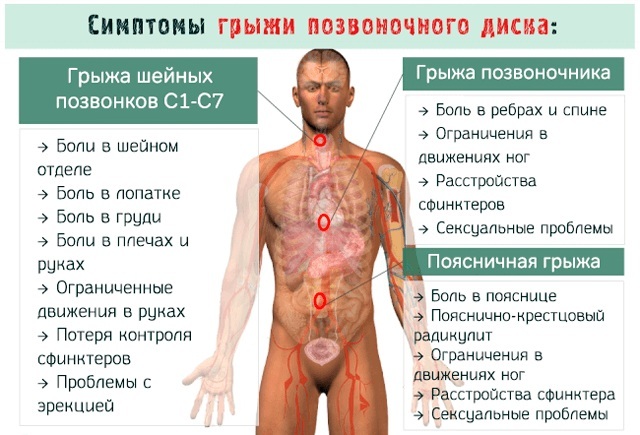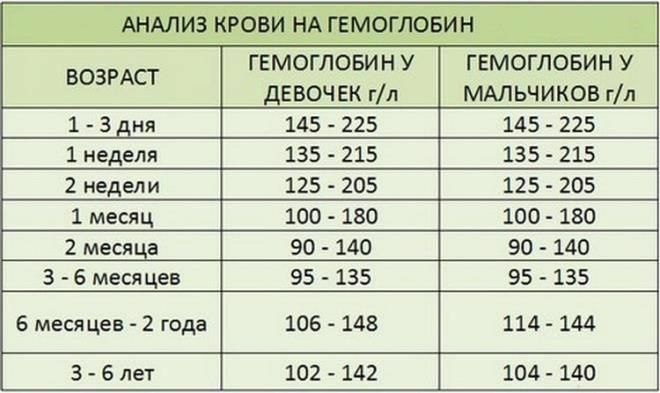When healthy joint cartilage movement is easy and does not cause any inconvenience. If the cartilage is damaged by osteoarthritis, the surface it is no longer smooth, it has burrs, pits, hampering normal flexion / extension joint. The hip becomes like a rusty hinge garden gate, at the opening of which can be heard creaking and tension as it moves.
The disease is dangerous because at the beginning of treatment are delayed healing is not only impossible, but also the course of the disease leads to further immobility and loss of joint.

Causes of
What it is? Coxarthrosis develop for many reasons, chief among them - a sedentary lifestyle. Most often this disease affects athletes, due to the heavy loads that can injure the joint. Unfortunately, arthritis often is inherited, congenital dislocation is possible in the groin area.
The reasons that trigger the development of hip coxarthrosis:
- Perthes disease;
- hip fracture;
- personal injury or microtrauma as a child;
- overweight, a large load;
- consumption of alcoholic beverages;
- congenital disease;
- elevated levels of hormones (aging change);
- inflammation of the tissues;
- destruction of articular tissues;
- receiving potent drugs;
- stressful situations;
- infectious and inflammatory processes;
- pathological disease thigh in the groin area.
Particular attention should be paid to the presence of injuries (microtrauma). They long to heal that conducts to development of the disease for years. Most often the disease begins to develop in people aged 40 years and older. Inflammation begins with one of the hip joint, but if you do not take timely treatment, the disease is spreading to other areas.
The symptoms of hip osteoarthritis
Coxarthrosis often develops in people older than 40 years. He progresses slowly, and the human condition is getting worse from year to year. If you do not deal with the damaged joint treatment, then after a while the pathological changes may also occur in other joints.
In the world practice it accepted that hip arthrosis there are three stages or phases of development. For each of them characterized by their symptoms.

1 degree of hip osteoarthritis
At this stage of the disease a person experiences pain only during and after exercise, by a long walk or run, and the pain in the joint itself mainly, rarely gives pain in the thigh or knee.
Also at this step in human normal, lameness is not observed, the thigh muscles are not atrophied. In the diagnosis of the photographs there are bony growths, which are arranged around the inner and the outer edge of the acetabulum, and other pathological disorders in the neck and the femoral head is not observed.
2 degree of hip osteoarthritis
Arthrosis of 2 degrees of the hip joint, the symptoms become significant, and the pain has become more consistent and intense, and at rest, and in motion, and is given in the groin, and thigh, with a load of the patient is already limp. Also, there is the hip abduction limitation, the scope of the hip movements is reduced.
The pictures narrowing gap becomes half from the norm, bony growths are found on the outside, and on the the inner edge, the thigh bone head begins to increase, deform and move up the edge of her becoming uneven.
3 degree of hip osteoarthritis
At this stage of the disease are excruciating pain permanent nature, and day and night, the patient becomes difficult to move independently, so use a cane or crutches, the amount of motion of the joint is severely limited, atrophied muscles of the lower leg, thigh and buttocks.
It occurs shortening of the legs and the person is forced to tilt the body while walking in the direction of sore feet. From the center of gravity increases the load on the damaged joint. On X-rays revealed multiple bony growths, expanding the femoral head and significantly narrows the joint space.
Diagnostics
Diagnosis is based on anamnesis data (identification of risk factors or causes of disease) and clinical data additional survey methods.
Clarify the diagnosis and differential diagnosis will help:
- X-ray of the hip joint;
- Ultrasound joints;
- MRI or CT scan.
As a rule, to establish a sufficiently precise diagnosis of clinical and radiographic examinations. Radiographs are specific changes characteristic of each stage of disease: joint space narrowing, the presence of osteophytes, deformation and displacement of the femoral head, subchondral cysts and periarticular osteosclerosis, osteoporotic bone changes. Depending on the presence of lesions and their severity, extent and set the stage of the disease.

Treatment of osteoarthritis of the hip
In the first stage of the hip joint arthrosis perfectly amenable to conservative treatment. The primary objective is to remove the pain, which interferes with the patient to move around.
The therapy is performed coxarthrosis:
- restoration of power and blood circulation in the muscle and cartilage;
- reduced exercise on a damaged joint;
- regeneration of damaged cartilage;
- activation of latent reserves the human body, which will facilitate regeneration of tissues in microcellular level;
- increase joint space;
- restore joint mobility, and so on. d.
During medical treatment, patients of this category are appointed by the following drugs:
- Nonsteroidal (diclofenac, ketoprofen, Brufen and other). They will help to eliminate pain, remove the resulting swelling and inflammation, but their uncontrolled use will contribute to the suppression of the natural capabilities of cartilage to repair. Doctors do not recommend the use of at the same time more than one steroidal drug;
- Preparations relaxing muscles (Mydocalm, Sirdalud). Relieve muscle spasms, increase blood flow in the joints, but their use should take place under medical supervision because of side effects;
- Widening vessels (nikoshpan, Cinnarizine, Trental). They are able to relax the smooth muscles and increase the space between the muscles. Have a minimum of contraindications, but their effectiveness is a measure of an individual;
- Steroid-type (Hydrocortisone, metipred). Help in the presence of concomitant diseases such as inflammation of the thigh bone, but have many side effects;
- Regenerating cartilage (Glucosamine, Arteparon, Struktum). Chondroprotectors appear most useful at treatment of deforming arthrosis. Nourish the cartilage of the right elements and stop the progression of the disease;
- Local use (ointments, compresses). The main positive effect is in the process of rubbing the skin means that relieves muscle spasms and improves blood circulation.
During medical treatment, patients must adhere to the diet, specifically designed for patients with osteoarthritis of the hip joint. Drug treatment includes curative massage, which is indicated in patients with stage 1 and 2 arthrosis.
Endoprosthesis
The third stage of the disease only amenable to surgical treatment. The patient is recommended joint replacement surgery or arthroplasty. The surgeon cuts thigh bone head in the slice enters a metal pin, which secures the artificial head.
Prosthesis itself is a single-pole (head replacement only) and total (replacement of both components). The very next day after the operation carried out some elements of physical therapy in the supine position in bed, the patient can get up, but so far without the support of the foot, a few days later - on crutches. After 2-3 months the bone does not need to be allowed a full load on the leg.
Patients who have had a hip replacement, rehabilitation is recommended, consisting in physical therapy, a course of massage, physiotherapy. In most cases, the final function is restored. The term of service of the prosthesis is from 10 to 20 years, then being replaced with a new one.

Video gymnastics with osteoarthritis of the hip joint
Exercises for the control and prevention of coxarthrosis should be carried out carefully. Movement at gymnastics should be smooth, do not cause pain. Exercise therapy for the treatment of the disease should be aimed mainly at strengthening the muscles themselves, and not to burden the joints. A good way to prevent koksartroza is swimming - especially in salty water.
- Starting position: Lie on the floor, stretch your arms and legs along the body. Slowly lift the injured leg, straightened at the knee joint, at 15 cm from the floor and hold it for about half a minute. After this, lower your leg and repeat with the other foot;
- Starting position: Lie on your stomach, arms and legs extend along the body. Lift straight legs 15 cm upwards, pinch, and then moving them apart. Everything should be done slowly.
The patient should be remembered that some of the exercises in osteoarthritis of the hip joint from physical therapy may be difficult for him because of his physical fitness. They are fairly effective methods of preventing various diseases, so included in the system as a physical therapy in osteoarthritis and other diseases.
Folk remedies
In folk medicine, there are many successful methods of treatment of coxarthrosis:
- Infusions and decoctions applied inside (there are many folk medicinal recipes drugs, based on the premises and garlic and lemons, and the mummy, and different parts of the plants, and honey, and so on. d).;
- Ointments based on various natural components (ointments of celandine, eucalyptus oil, aloe, and others. plants);
- Compresses and baths (cabbage overlay sheets, bath and Jerusalem artichoke t. D.).
Applying all the folk remedies, it must be remembered that guarantees 100-percent recovery does not exist.

prevention
preventive measures are very important, especially if you have a history of hip dysplasia, fractures, severe bruising or purulent processes in this area.
- Control body weight (in the diet to reduce the use of flour products, salt, sweet, strong tea and coffee). When overweight risk of hip osteoarthritis increases.
- Exception weights transfer hops (especially height). Try not to be a long time on their feet.
- If there are diseases associated with the metabolic (diabetes, atherosclerosis), they should be compensated.
- Dosed physical exercises aimed at strengthening the muscles of the thighs and buttocks (cycling, or stationary bike, swimming, physiotherapy).
Compliance with preventive measures, early detection and adequate koksartroza its treatment - the key to a positive prognosis for this disease.



